Now Reading: Imran Qureshi’s ‘Water Bodies’ Exhibitions at Lahore Biennale 2024
-
01
Imran Qureshi’s ‘Water Bodies’ Exhibitions at Lahore Biennale 2024
Imran Qureshi’s ‘Water Bodies’ Exhibitions at Lahore Biennale 2024
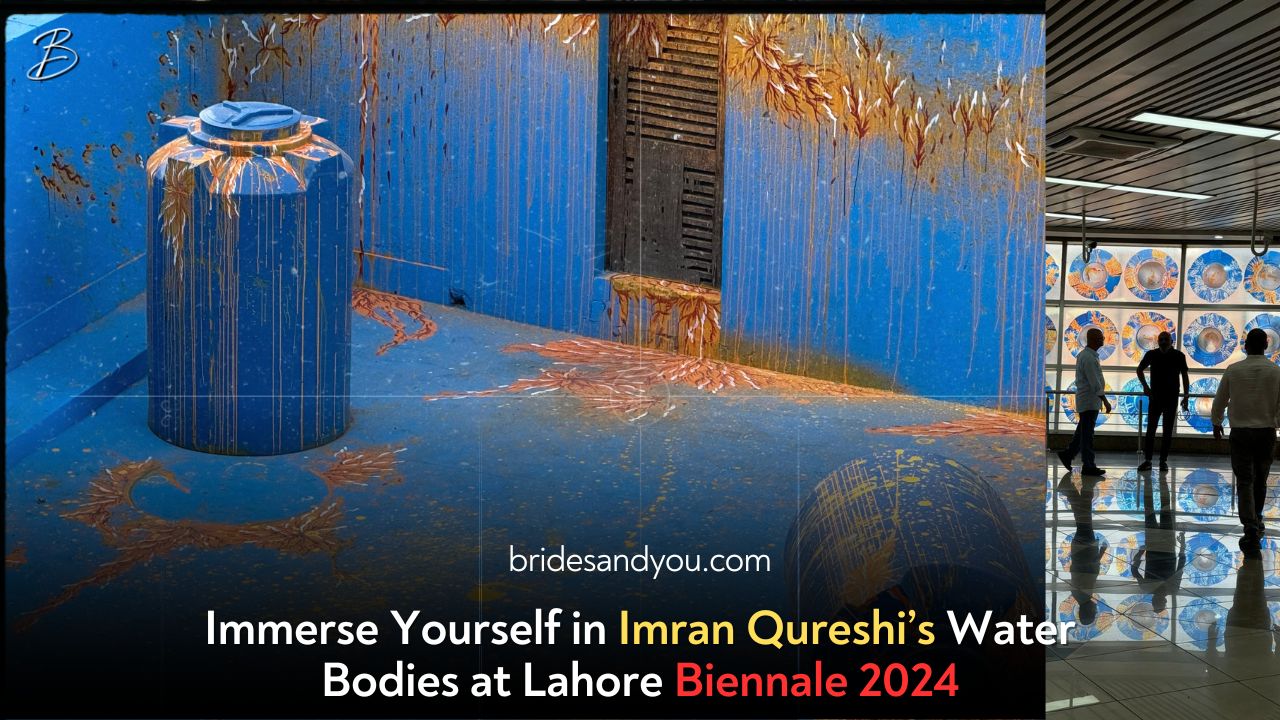
Art lovers and cultural enthusiasts, rejoice! The Lahore Biennale 2024 has arrived, bringing with it a remarkable exhibition titled Water Bodies, created by the internationally acclaimed artist Imran Qureshi. This year, the Biennale is set against the captivating backdrop of Lahore, featuring four unique installations that invite audiences to contemplate the pressing ecological issues of our time. Showcased at three prominent stations along the Lahore Orange Line Metro Train, including the historic Shalimar Garden, these exhibitions are a testament to the power of art in public spaces and its ability to engage the community.
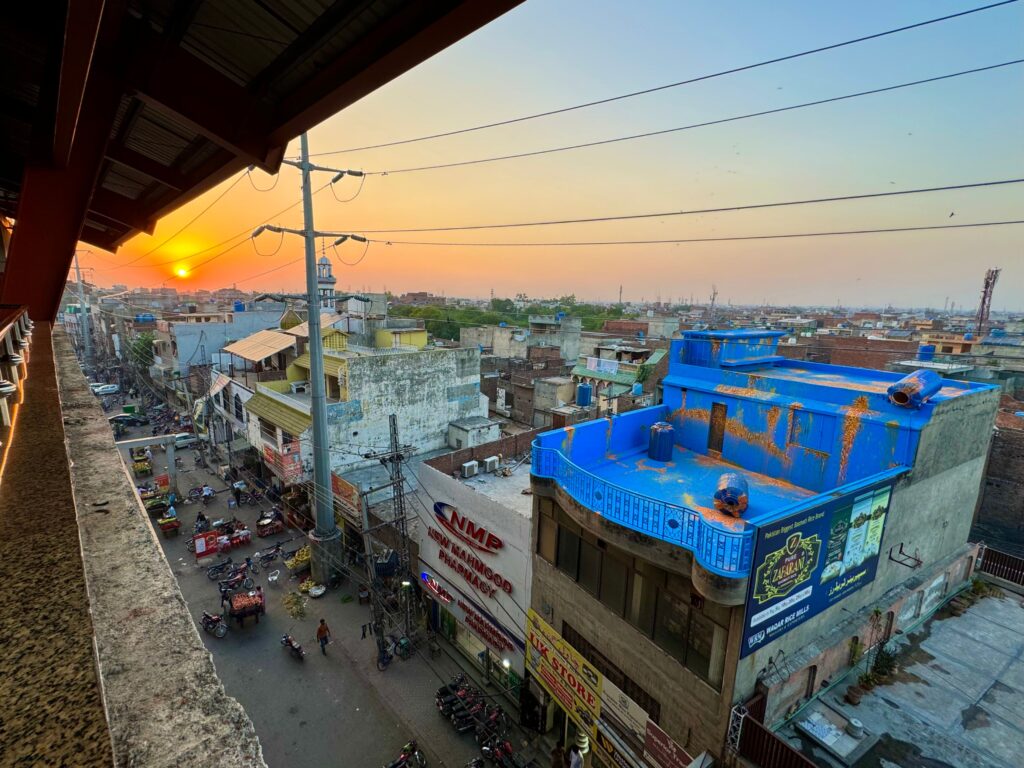
An Artistic Exploration of Ecology and Urbanization
Imran Qureshi, a recipient of the prestigious Sitara-e-Imtiaz, has a deep-rooted connection to Lahore, and his work reflects the intricacies of the city’s socio-political landscape. This year’s Biennale theme, Of Mountains and Seas, curated by John Tain, provides a rich framework for exploring the intersection of ecology, sustainability, and artistic innovation. Qureshi’s Water Bodies serves as a poignant commentary on the proliferation of blue PVC water tanks that have come to symbolize Lahore’s rapid urbanization.

These water tanks, found on nearly every rooftop, are not just utilitarian structures; they also embody the challenges of water storage and distribution in urban environments. Qureshi ingeniously utilizes these tanks as both a focal point and a metaphor for ecological concerns, prompting viewers to reflect on the health risks and environmental repercussions of relying on plastic storage solutions.
A Journey Through Color and Texture
The visual language of Water Bodies is rich with meaning. Qureshi’s signature use of color plays a vital role in conveying the exhibition’s themes. The pervasive blue of the PVC tanks represents both the omnipresence of these structures in Lahore’s skyline and the essential resource—water—that they are designed to hold. In contrast, orange signifies the rust and toxicity that emerge from plastic pollution, symbolizing a critical ecological narrative that cannot be ignored.
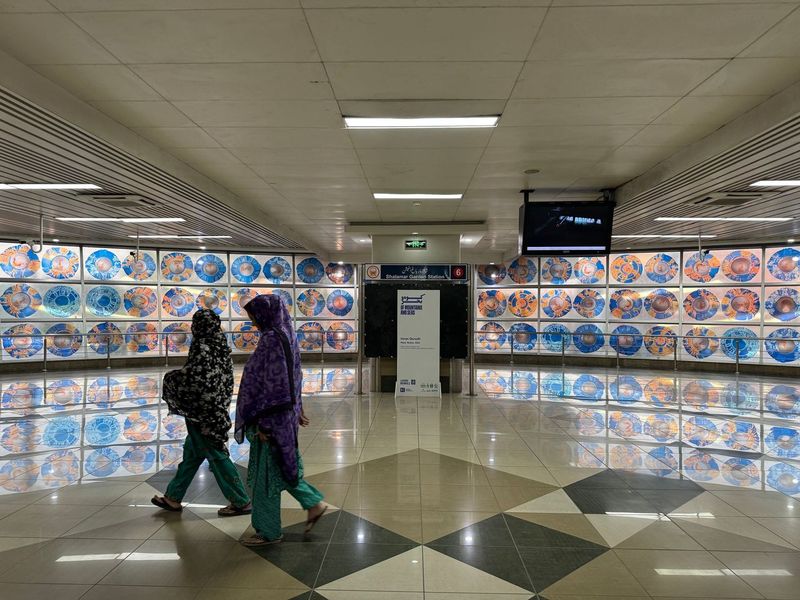
As visitors embark on their journey through the exhibition, they are greeted by a vast, seamless wall at the GPO Train Station, adorned with a striking blue-and-orange collage. This immersive piece, meticulously crafted from photographs of painted water tanks, shifts in tone as viewers traverse the space. The colors grow bluer near the exits, emphasizing our reliance on plastic, while intensifying in orange near the entrance, serving as a visual reminder of the toxicity that pervades our environment. This clever design not only engages the audience aesthetically but also challenges them to consider their role in this ecological crisis.
Unique Installations: A Testament to Artistic Innovation
At the Shalimar Train Station, visitors are treated to an awe-inspiring 85-foot-wide translucent mural that adorns a curtained wall. This intricate piece features circular window-like paintings of water tanks, allowing natural light to filter through and creating a dynamic visual experience that changes throughout the day. The interplay of light and color transforms the space, reflecting the passage of time and the cyclical nature of water consumption.
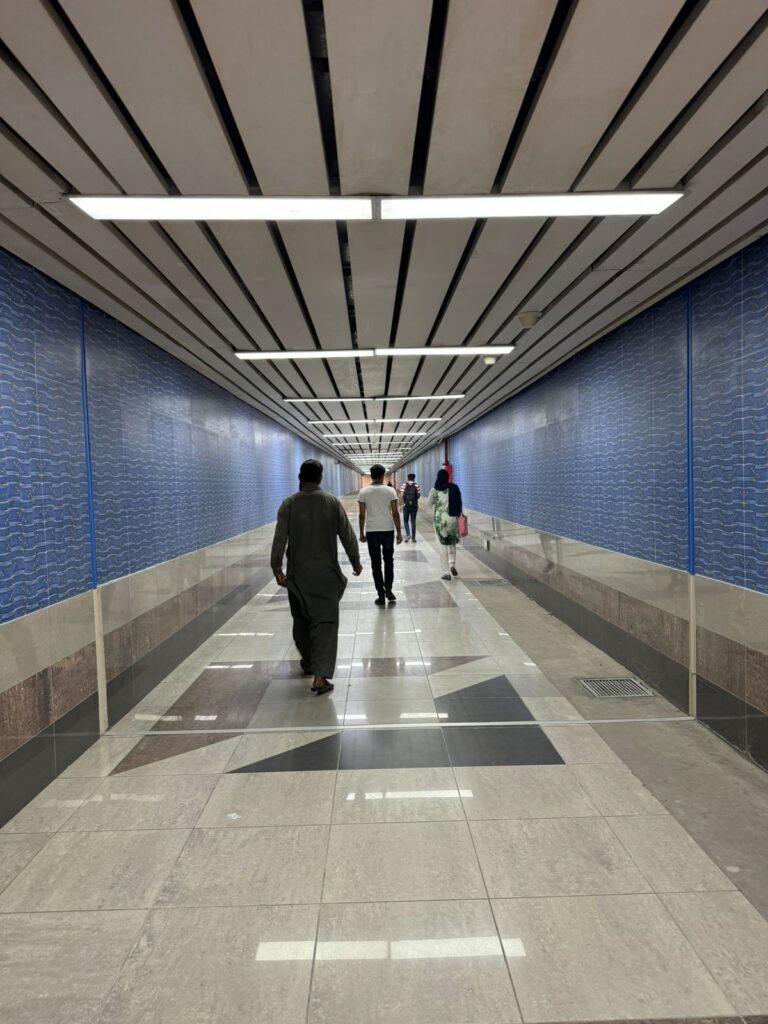
Another remarkable installation is Qureshi’s rooftop artwork, where he has transformed actual blue water tanks into a fully painted blue rooftop installation that camouflages into the surrounding neighborhood. This piece serves as a powerful reminder of the prevalence of these tanks in urban life and prompts viewers to contemplate the relationship between art and everyday existence.

In the historic Shalimar Gardens, Qureshi has created a life-sized water tank from discarded Multani crockery fragments, intricately adorned with floral motifs inspired by traditional decorative vases. This stunning piece merges art and nature, contrasting beautifully with the adjacent landscape of rooftops filled with blue tanks. It evokes a sense of beauty in an otherwise utilitarian object, encouraging visitors to reconsider the value of what they see in their daily lives.
A Permanent Fixture for Community Engagement
What makes Water Bodies even more special is that these installations are not temporary—they will remain as permanent fixtures at these locations, ensuring ongoing engagement with the public. This dedication to community involvement reflects the Lahore Biennale’s mission to make contemporary art accessible and relevant to all, fostering dialogue and reflection among diverse audiences.
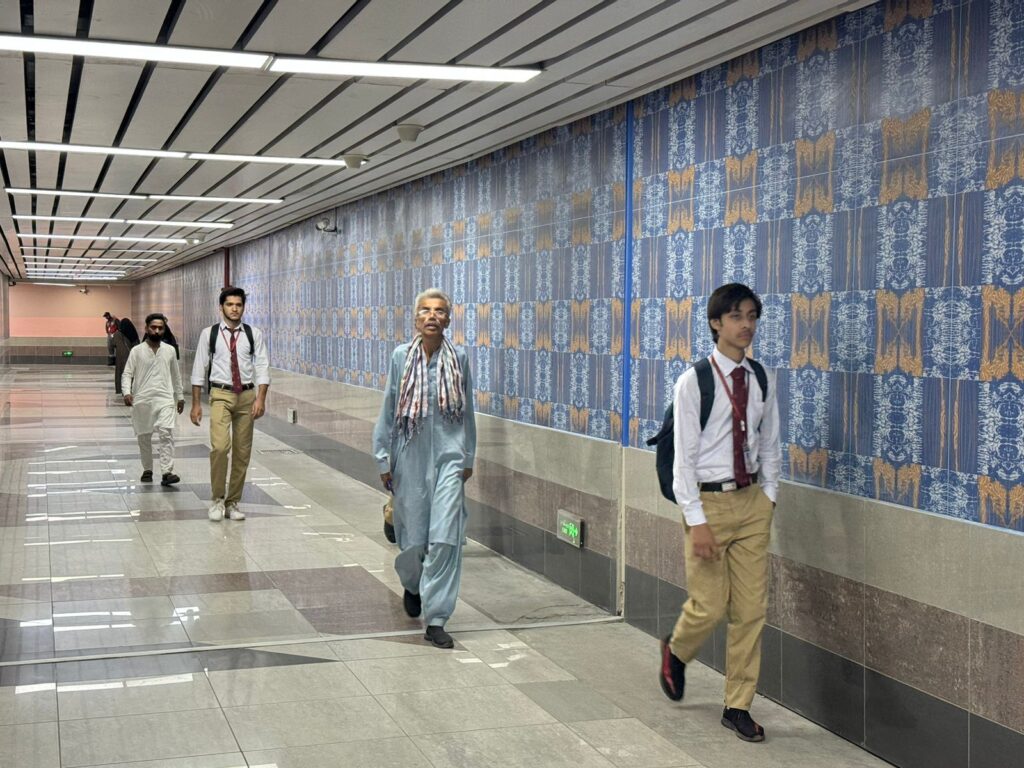
Imran Qureshi: A Visionary Artist
Imran Qureshi’s impressive artistic journey spans nearly three decades. He graduated as a miniature painter from the esteemed National College of Arts in Lahore and has since emerged as one of Pakistan’s most significant contemporary artists. His work seamlessly blends traditional miniature painting techniques with modern abstract forms, addressing socio-political themes and the paradoxical relationships between beauty and violence, life and death.
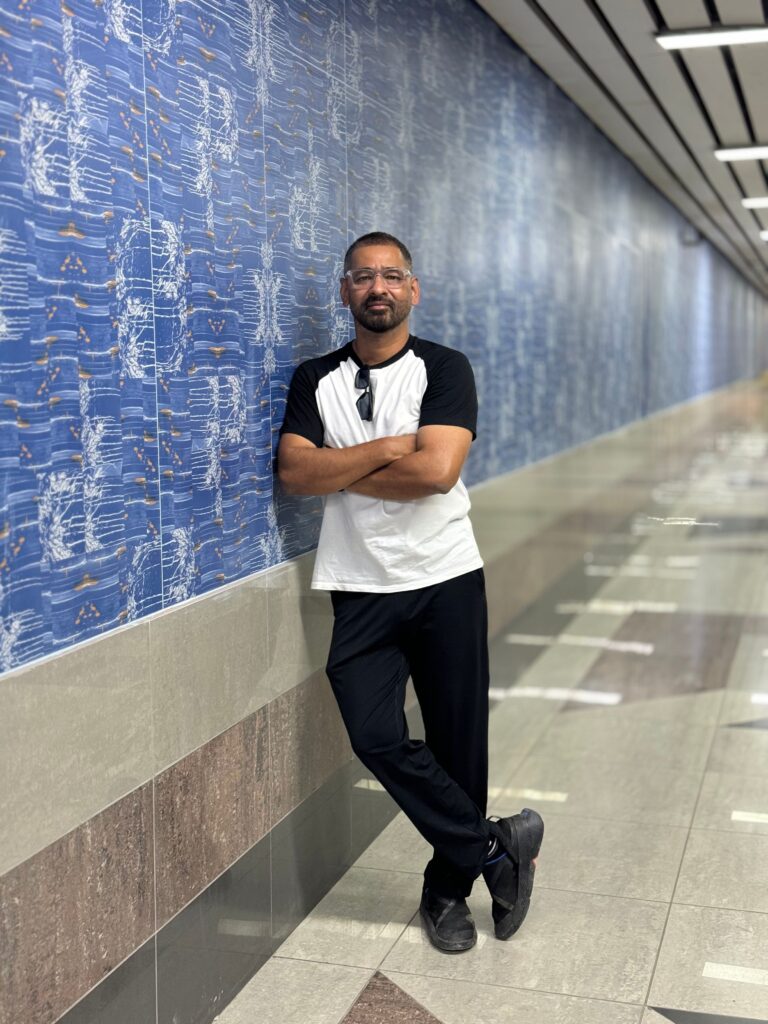
Qureshi has garnered international acclaim, with exhibitions at prestigious venues, including The Metropolitan Museum of Art in New York and the Barbican Centre in London. His innovative approach to art challenges conventions and invites viewers to engage with complex narratives through visual storytelling.
Visit Water Bodies Today!
Water Bodies is now open for public viewing, and we invite everyone to experience these thought-provoking installations firsthand. This exhibition offers a unique opportunity to reflect on the relationship between art, environment, and community, encouraging all of us to consider our role in creating a sustainable future.

Don’t miss out on this incredible artistic experience at the Lahore Biennale 2024. For more insights into Imran Qureshi’s work, follow him on Instagram at @imranqureshiartist and immerse yourself in the world of contemporary art that challenges perceptions and inspires change.










